Elranatamab Plus Daratumumab and Lenalidomide Yields Durable Responses, Manageable Safety
Key Takeaways
- Elranatamab, a bispecific antibody, targets BCMA and CD3, redirecting T-cells to kill myeloma cells, showing efficacy in MagnetisMM trials.
- The MagnetisMM-6 trial demonstrated a 97.3% overall response rate in TI NDMM patients treated with elranatamab, daratumumab, and lenalidomide.
Elranatamab combined with daratumumab and lenalidomide shows promising results for treating newly diagnosed multiple myeloma, enhancing patient outcomes.
Elranatamab (Elrexfio; Pfizer) plus daratumumab (Darzalex; Janssen Biotech, Inc) and lenalidomide (Revlimid; Celgene Corporation) yielded a durable response and manageable safety profile in patients with transplant-ineligible newly diagnosed multiple myeloma (TI NDMM). The data were presented at the 2025 International Myeloma Society Annual Meeting in Toronto, Canada.
Elranatamab is a humanized bispecific antibody targeting BCMA and CD3, designed to activate and redirect T-cells to kill myeloma cells. It has demonstrated encouraging clinical activity across multiple MagnetisMM trials, including MagnetisMM-1 (NCT03269136) and MagnetisMM-3 (NCT04649359). Results from MagnetisMM-3 formed the basis for the FDA’s accelerated approval of elranatamab for adults with relapsed or refractory multiple myeloma who have undergone at least 4 prior therapies, including a proteasome inhibitor, an immunomodulatory agent, and an anti-CD38 monoclonal antibody.1-3
"In this phase 2 trial, the intent was to utilize consolidative therapy post-standard care ide-cel," Matthew Lei, PharmD, BCOP, clinical pharmacy specialist from Massachusetts General Hospital, explained in an interview with Pharmacy Times. "From the KarMMa [NCT03361748] and KarMMa-3 [NCT03651128] trials, we know that although the majority of patients respond, these responses are not durable. The median [progression-free survival] is approximately 12 months or a little over 12 months. The goal is to deepen response, with the aim of improving progression-free survival."4-6
In the MagnetisMM-6 (NCT05623020),7 a phase 3, open-label, randomized study, elranatamab, in combination with daratumumab and lenalidomide (EDR), continues to show its benefit for patients with TI NDMM. The study has 2 parts: part 1 is evaluating the optimal dose for EDR, which will be used for part 2. These data presented are interim results from part 1 dose level G (DLG).8
Inclusionary criteria for patients (age ≥ 65 or age < 65 years; median age 75.0 years; range, 67–83) included diagnosis of TI NDMM, measurable disease, ECOG of 2 or more, and adequate liver, renal and bone marrow function. Of the patients, 37.8% were male, 86.5% were white, and 13.5% were Asian. Five patients (13.5%) had R-ISS stage 3 disease, 24.3% had 50% or higher baseline bone marrow plasma cells, 2.7% had an ECOG performance status of 2, none had extramedullary disease, and 24.3% were classified as frail per the simplified international Myeloma Working Group IMWG frailty score.8
The patients were treated with subcutaneous (SC) elranatamab as a priming regimen followed by elranatamab 76 mg SC every 4 weeks (Q4W) on cycle (C) 1 day (D) 1; daratumumab at a dose of 1800 mg SC weekly (D1, D8, D15, D22 in C1–C2), every 2 weeks (D1, D15 in C3–C6), and Q4W (D1 in C7+); and oral lenalidomide 25 mg daily on D1 and D21 in 28-day cycles. The primary outcomes assessed in DLG include safety and preliminary efficacy.8
Of the enrolled patients (n = 37), 34 received EDR and 32 had ongoing treatment at the data cutoff of 7.9 months. The confirmed overall response rate (ORR) by investigator assessment was 97.3% (95% CI, 85.8–99.9), with 94.6% achieving very good partial response (VGPR) or better. Median time to response was 1.5 months (range, 0.3–4.2), and median time to VGPR or better was 2.4 months (range, 1.2–4.3).8
The safety data presented at IMS show that 100% of patients treated with EDR experienced a treatment-emergent adverse event (grade [G] 3/4 TEAE, 94.6%). Hematologic TEAEs were reported in 83.8% of patients (G3/4 78.4%), and infections in 70.3% (G3/4 18.9%). Frequent infections included (any grade ≥10%) upper respiratory tract infection (21.6%, G3/4 0%) and Escherichia urinary tract infection (10.8%, G3/4 2.7%). There was one grade 5 case of Candida pneumonia.8
Cytokine release syndrome (CRS) occurred in 62.2% of patients, all less than grade 2; one patient experienced grade 2 immune effector cell-associated neurotoxicity syndrome. Prophylactic therapy was administered as follows: antivirals to 81.1% of patients, anti-Pneumocystis jirovecii agents to 83.8%, antibacterials to 10.8%, and antifungals to 16.2%; 91.9% received immunoglobulin replacement.8
"We know that there are specific mechanisms of resistance with CAR-T cells and T-cell engagers," Lei said. "Some are overlapping, and some are not. The goal is to combine these strategies sequentially, with the aim of reinvigorating CAR-T activity. This way, we gain activity from both the T-cell engager and the CAR-T cell, hopefully improving response and durability."4
He continued, "The approach is based both on mechanism and sequencing. Data show that sequential T-cell engager therapy, or T-cell engager therapy prior to CAR-T, is inferior compared to CAR-T followed by sequential T-cell engagers. This strategy leverages those insights to improve response and PFS."4
These findings reinforce the potential of T-cell–redirecting therapies to achieve rapid and durable responses while highlighting the importance of monitoring and managing TEAEs. Pharmacists play a key role in optimizing treatment administration, monitoring for toxicity, and supporting patient adherence to these complex regimens.
REFERENCES
1. Gerlach A. ASCO 2025: Adding elranatamab to daratumumab, lenalidomide induces durable responses in newly diagnosed multiple myeloma. Pharmacy Times. May 29, 2025. Accessed September 17, 2025. https://www.pharmacytimes.com/view/adding-elranatamab-to-daratumumab-and-lenalidomide-induces-durable-responses-in-newly-diagnosed-multiple-myeloma
2. PF-06863135 as single agent and in combination with immunomodulatory agents in relapse/refractory multiple myeloma. Updated March 18, 2025. Accessed May 28, 2025. https://clinicaltrials.gov/study/NCT03269136
3. MagnetisMM-3: Study of elranatamab (PF-06863135) monotherapy in participants with multiple myeloma who are refractory to at least one PI, one IMiD and one anti-CD38 mAb. Updated January 27, 2025. Accessed May 28, 2025. https://clinicaltrials.gov/study/NCT04649359
4. Ferruggia K, Lei M. IMS 2025: Elranatamab Consolidation After Ide-Cel Shows Promise in Relapsed or Refractory Multiple Myeloma. Pharmacy Times. September 17, 2025. Accessed September 18, 2025. https://www.pharmacytimes.com/view/ims-2025-elranatamab-consolidation-after-ide-cel-shows-promise-in-relapsed-or-refractory-multiple-myeloma
5. Efficacy and safety study of bb2121 in subjects with relapsed and refractory multiple myeloma (KarMMa). Updated May 23, 2025. Accessed September 18, 2025. https://clinicaltrials.gov/study/NCT03361748
6. Efficacy and safety study of bb2121 versus standard regimens in subjects with relapsed and refractory multiple myeloma (RRMM) (KarMMa-3). Updated December 15, 2022. Accessed September 18, 2025. https://www.clinicaltrials.gov/study/NCT03651128
7. A study to learn about the effects of the combination of elranatamab (PF-06863135), daratumumab, lenalidomide or elranatamab and lenalidomide compared with daratumumab, lenalidomide, and dexamethasone in patients with newly diagnosed multiple myeloma who are not candidates for transplant (MagnetisMM-6). Updated May 13, 2025. Accessed May 28, 2025. https://clinicaltrials.gov/study/NCT05623020
8. Trudel S, Quach H, Pour L, et al. Elranatamab in Combination With Daratumumab and Lenalidomide (EDR) in Patients With Newly Diagnosed Multiple Myeloma (NDMM) Not Eligible for Transplant: Initial Results from MagnetisMM-6 Part 1. 2025 International Myeloma Society Annual Meeting. September 17, 2025, to September 20, 2025. Toronto, Canada. Abstract OA-07
Newsletter
Stay informed on drug updates, treatment guidelines, and pharmacy practice trends—subscribe to Pharmacy Times for weekly clinical insights.

























































































































































































































